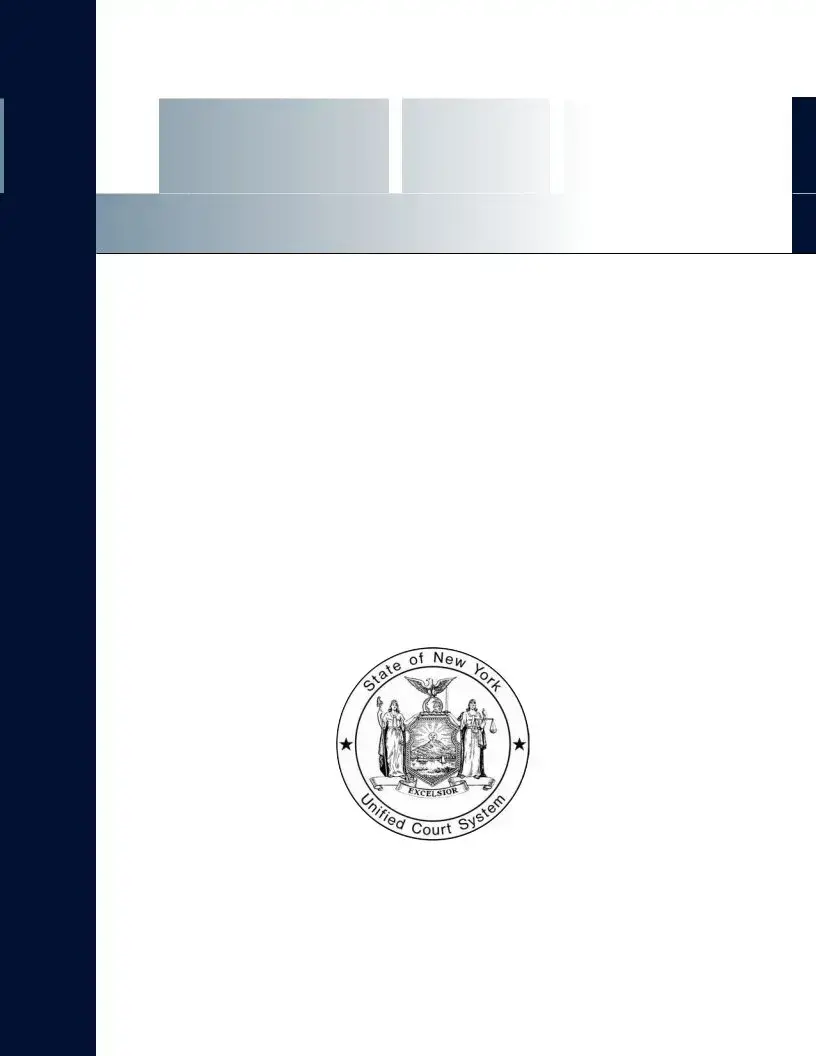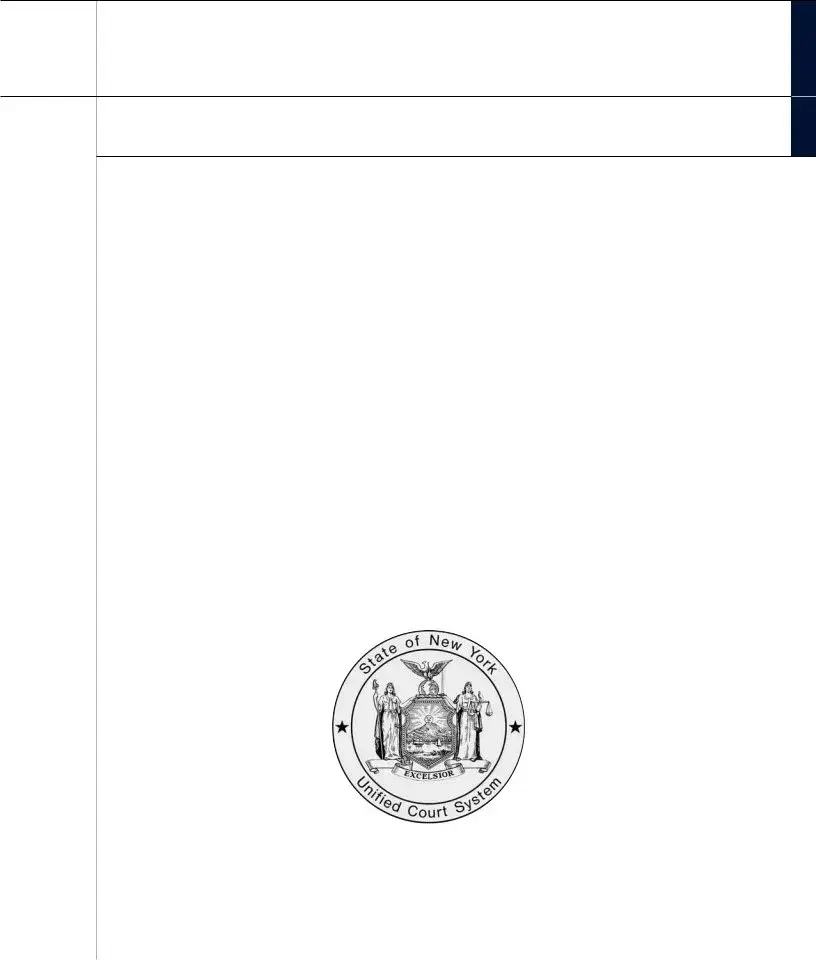The New York Uncontested Divorce Form is closely akin to a Marital Settlement Agreement, which is another critical document in many divorce proceedings. Both outline the terms agreed upon by both parties regarding division of property, alimony, and other financial arrangements without court intervention. The main difference is that the Uncontested Divorce Form is specific to New York State and is used to initiate the divorce process under the premise that neither party will contest the terms of the divorce, while a Marital Settlement Agreement can be used in various jurisdictions and at different stages of the divorce process.
Similar to the Statement of Net Worth, the Uncontested Divorce Form requires detailed information about the financial status of both parties. The Statement of Net Worth is a comprehensive document that lists all assets, liabilities, income, and expenses, which is used to fairly divide property and determine alimony or maintenance. Both documents are integral in divorce proceedings to ensure an equitable distribution of property and financial obligations, emphasizing the importance of transparency and accuracy in presenting one's financial situation.
The Notice of Entry is another document that shares similarities with the Uncontested Divorce Form, as it is used to officially inform parties that a court order or judgment has been entered into the court's records. In the context of an uncontested divorce, the Notice of Entry could be used to notify one's spouse that the final divorce judgment has been filed, making the divorce official. Both documents are crucial in the final stages of the divorce process, marking the transition from pending legal action to the enforcement of a court's decision.
Child Support Worksheet and Uncontested Divorce Form also share a connection, particularly in situations where divorcing couples have children under 21. While the Uncontested Divorce Form addressed in the booklet specifically excludes cases with children under 21, typically, uncontested divorce documents will include provisions for child support consistent with state guidelines, mirroring the purpose of the Child Support Worksheet. This worksheet helps calculate the standard amount of child support to be paid, reflecting the emphasis on ensuring the welfare of children involved in a divorce.
The Affidavit of Regularity is another document related to the Uncontested Divorce Form, as it serves to confirm that all procedural steps required to advance a legal action, such as a divorce, have been properly followed. In uncontested divorces, this affidavit may be used to verify that the divorce paperwork, including the serving of documents on the other spouse, was completed according to legal standards. Both are essential in moving the divorce process forward in a manner that is recognized by the court.
Similar to the Summons With Notice, the Uncontested Divorce Form serves as a formal notification to the court and, in some cases, to the other spouse about the intention to divorce. The Summons With Notice provides key information about the divorce action, including grounds for divorce and any immediate requests for court intervention, such as temporary alimony or custody arrangements. Both documents initiate the legal process for dissolving a marriage, marking the beginning of the end of the marital relationship in the eyes of the law.
The Sworn Statement of Removal of Barriers to Remarriage, which can be part of the divorce process in New York, shares similarities in content and purpose with the Uncontested Divorce Form. This statement is specifically designed to remove any religious or cultural obstacles to remarriage, satisfying both legal and personal requirements to ensure that parties can legally remarry after the divorce. While serving different functions, both documents are integral in finalizing divorce proceedings and starting anew post-divorce.
The Judgment of Divorce, closely related to the Uncontested Divorce Form, officially ends the marriage once it is signed by the judge and entered into court records. The Judgment of Divorce outlines the final decisions of the court regarding all aspects of the divorce, including property division, alimony, and, if applicable, child custody and support. It marks the culmination of the legal process begun by filing the Uncontested Divorce Form, finalizing the dissolution of the marriage in the eyes of the law.












 Uncontested
Uncontested Divorce
Divorce Booklet
Booklet







